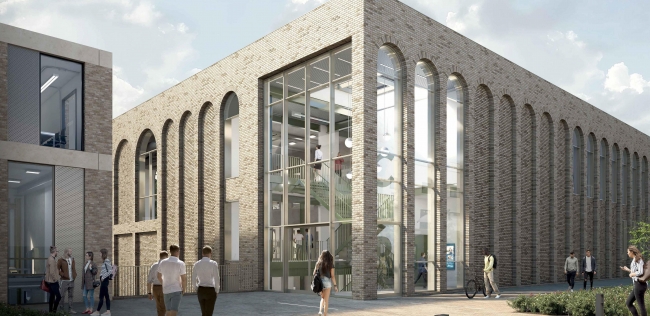2 minute read
Lancaster University to make £17m engineering investment
A new £17m three-storey building, with cutting-edge laboratories and a 3D lecture theatre, is at the heart of major plans to expand Lancaster University’s engineering facilities.
The 2,700 square metre building will be equipped with an array of specialist cutting-edge equipment to support world-leading research – including a new distillation column for chemical engineering, laboratories for bioengineering and hydrogen energy technology, as well as an integrated advanced manufacturing environment.
A new 3D lecture theatre will allow for the development of new teaching concepts where lecturers can show students around complex virtual images in a 3D environment.

Lancaster University is to invest £17m in a new building as part of plans to expand its engineering research and teaching facilities / Picture: Lancaster University
The building will also include mechanical and electronic teaching labs that can accommodate up to 70 students, and flexible working space for guest researchers and development space to support start-ups and businesses.
The building forms part of a wider package of investment by Lancaster University into engineering, which will also see the recruitment of more than 20 new professors and lecturers.
The decision to continue investing in cutting-edge engineering research and teaching facilities, as well as to grow the department’s academic expertise, is set against the backdrop of a thriving global engineering industry and increased demand for engineering skills.
Professor Claudio Paoloni, head of engineering at Lancaster University, said: “This is an exciting time for engineering at Lancaster University. The new building will be an outstanding first-rate learning environment that will inspire our students to excellence.
“It provides an advanced learning experience, and will foster new cutting-edge research with state-of-the-art laboratories and equipment, further adding to, and enhancing, our world-class environment and facilities.”
The building is designed by architects Hawkins\Brown and will feature a brick façade inspired by Lancashire’s local industry and viaducts. Work is set to begin in the spring this year, with completion expected in summer 2021. The new facility will be built in close continuity with the existing engineering building, which opened to students in 2015.